R&D activities
Innovation-driven service and product development.
Expertise and creativity.
We place great value on developing new concepts and ideas. Big, complex problems that often seem impossible to solve are a source of motivation, and many of our creative new ideas and concepts emerge in the context of a treatment procedure. Or they’re the result of discussions with our clients, partner companies and team. Over the years, this is how docusave has designed logistics and storage solutions that are tailored to a client’s needs, and it’s also how we’ve developed numerous other products, including our object indexing tool, biomonitoring system, made-to-measure mobile negative-pressure chambers for on-site treatment of contaminated objects, a digitisation system for contaminated objects, and our RescueKit. At docusave, the conditions are favourable for experimentation and innovation. Our technical department has a well-equipped workshop, and we continue to seek – and find – simple, straightforward and sustainable solutions for complex situations.
Special projects.
2021
Sealing and inventory of 28,251 cross-sectional slices of trees found in various archaeological sites at prehistoric lake dwellings.
Archäologischer Dienst (cantonal archaeology service), Bern (Switzerland).
Assignment: Hermetically resealing all objects to prevent oxygen diffusion. Inventory of all data.
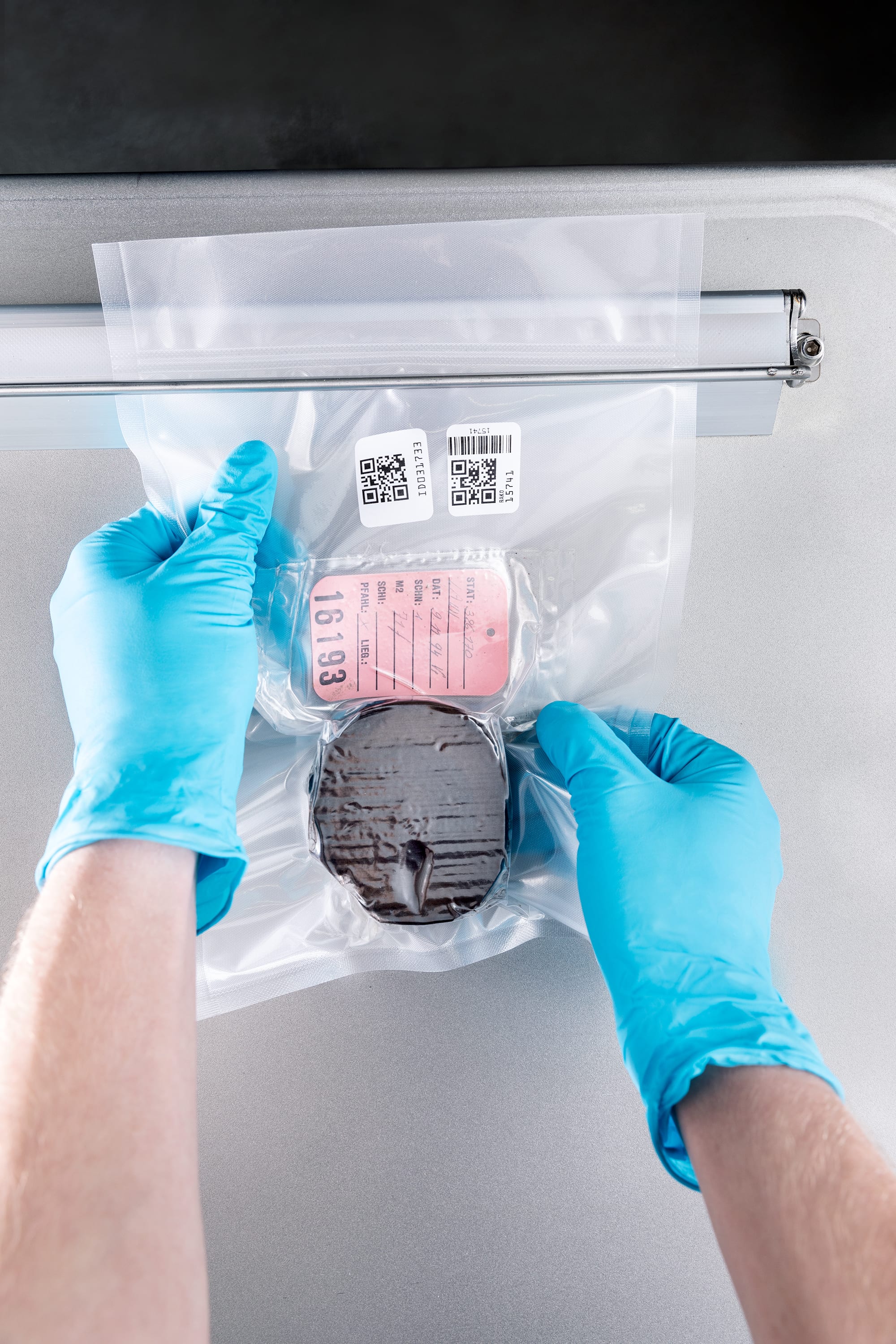
2020 – 2022
Relocation of the archives at the Mariastein Monastery and reintegration of the complete monastic library holdings (107,000 books).
Relocation and reintegration of the library holdings at Mariastein Monastery (Switzerland) after a reorganisation and renovation.
Development of a logistics and reintegration plan, including an emergency response plan. Programming a tailor-made software application for indexing and tracking objects. The software is linked to the existing catalogue system at the monastery library, enabling the fast and safe transfer of data after the relocation.
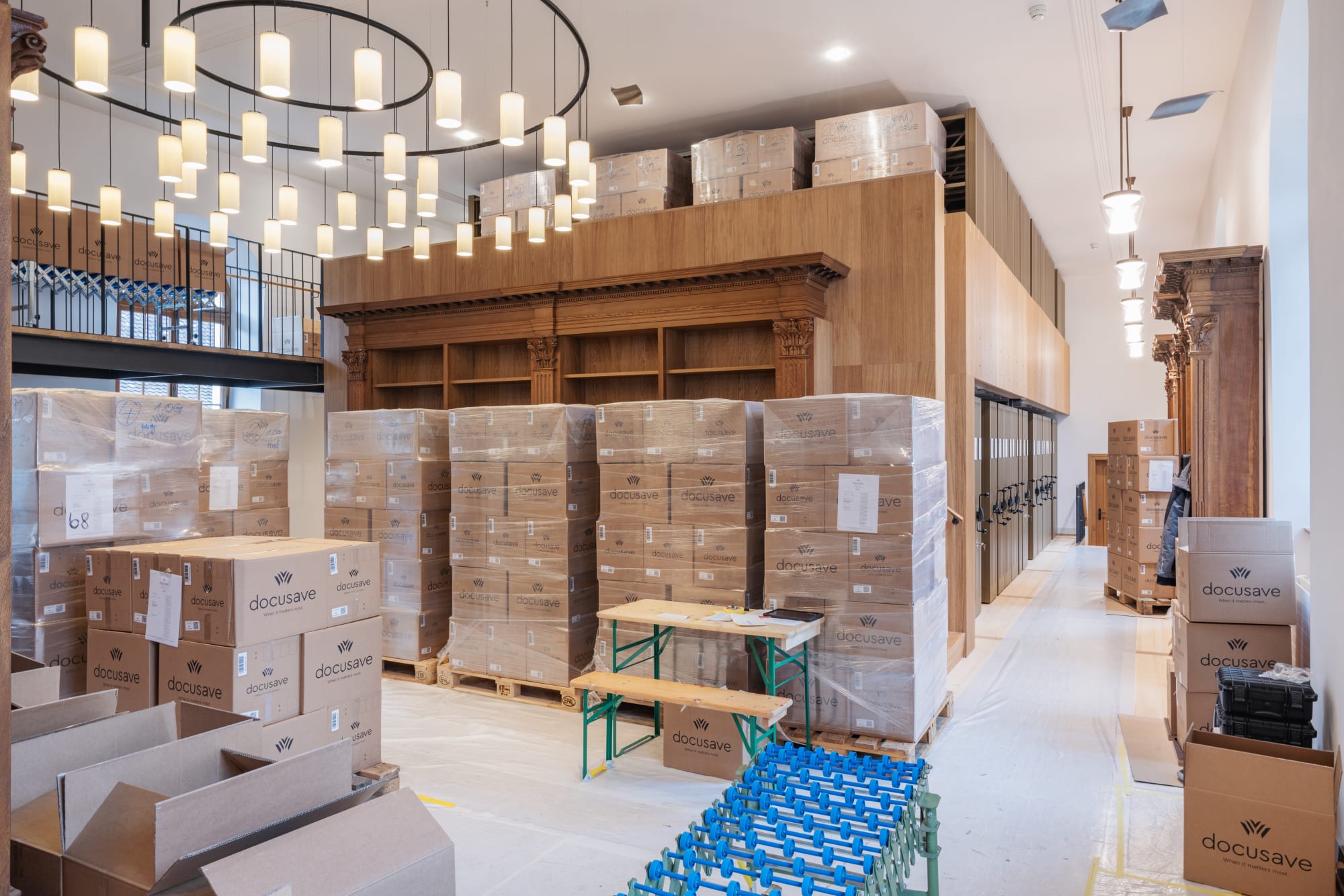
2019 – 2022
Decontamination of 250,000 Neolithic pottery shards contaminated with mould.
Archäologischer Dienst (cantonal archaeology service), Bern (Switzerland).
Mould contamination was detected in 80 percent of the pottery found in Neolithic shore settlements on Lake Biel in the Canton of Bern. docusave was charged with carrying out the treatment. Annual random samples are tested to monitor the objects and validate the decontamination measures.
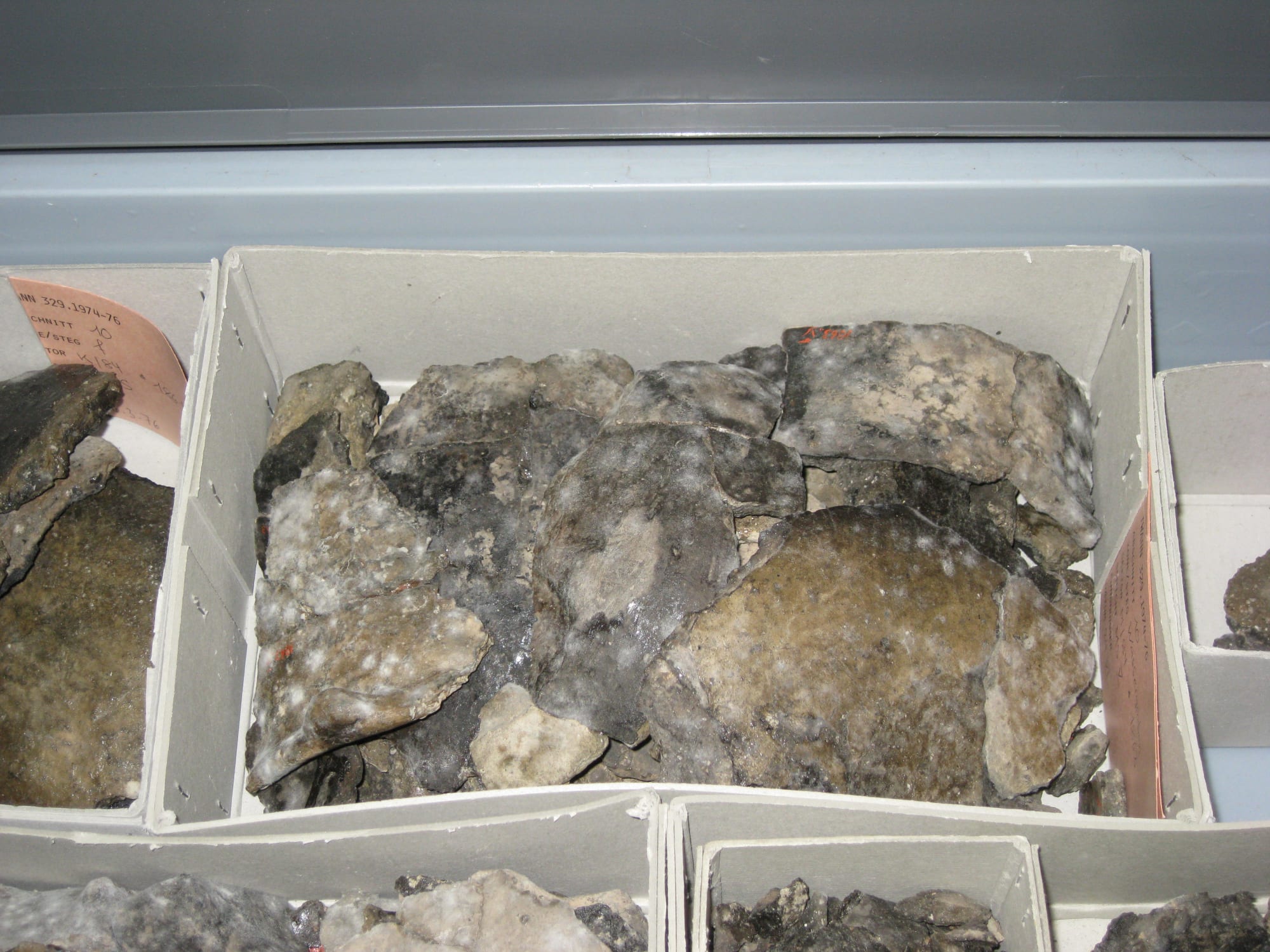
Research projects.
2018
Research paper: Hat die Kaltvernebelung mit handelsüblichen Schimmelbekämpfungsmitteln nachweisbare Auswirkungen auf Archiv- und Kulturgüter? (Do cold foggers with commercial-grade mould control products have a measurable effect on archival and cultural objects?)
Benedictus van Oudheusden, University of the Arts Bern (Switzerland).
A series of tests was conducted with common paper-based objects and various biocides to determine whether the concentration of bleaching substances in the biocides is high enough to effect a bleaching of the paper.
The findings: clear changes (bleaching effects) were observed. The results confirmed docusave’s standard practice of using cold foggers when disinfecting objects. The docusave specialists use biocidal products to disinfect cleaned rooms; however, the procedure is carried out exclusively in empty rooms. During a disinfection treatment, no books, documents and other organic material may be in the room.
A note on the products used in the study (a hydrogen peroxide-based product from Sanosil AG, a commercially available quaternary ammonium compound (QAV) disinfectant): if used correctly, these mould-control or surface-disinfection products are safe and effective, and these qualities were in no way called into question. The purpose of the study was to determine whether the products are suitable for treating sensitive archival materials (or other organic products) despite their verified bleaching effect.
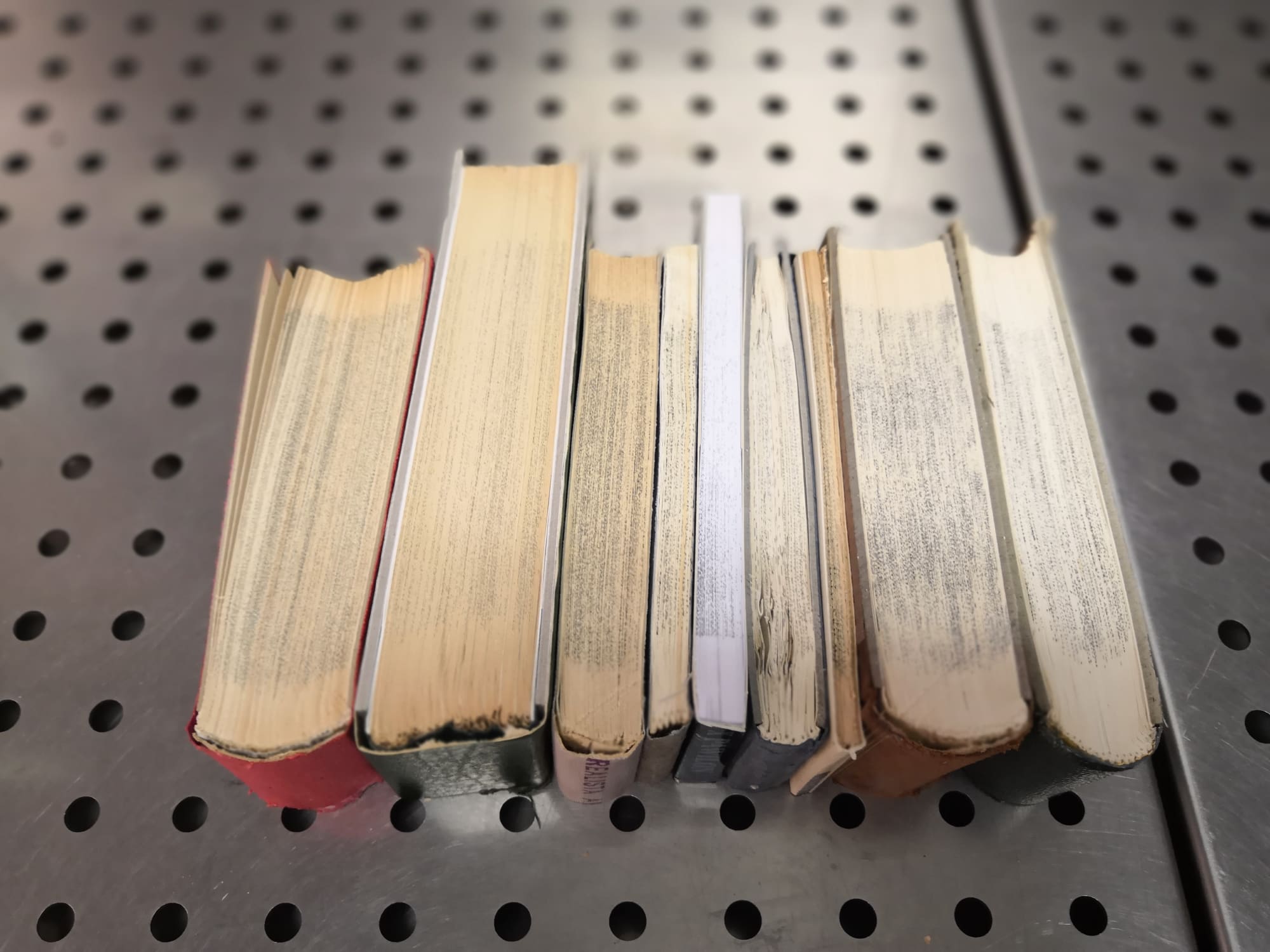
2017 – 2022
Innosuisse research project: Röntgenbestrahlung zur Desinfektion von cellulose-/papierhaltigen Archiv- und Kulturgütern (X-ray treatment to disinfect archival and cultural objects containing cellulose/paper).
University of the Arts Bern (Switzerland).
Project aim: to determine when, from a conservation standpoint, X-ray irradiation is a safe and effective way to disinfect archival and cultural objects containing cellulose/paper. In the project, the tangential effects of X-rays on materials is investigated. The article was published in the 2023/1 issue of Restaurator.
2014
Test series: soaking and drying half leather bindings with marbled paper.
With Randy Silverman, Head of Preservation, J. Willard Marriott Library, University of Utah, USA.

Technical developments.
2021
Integration of an AI scanner into docusave’s in-house logistics system.
Using artificial intelligence to collect data in during a project (see special projects 2021, above).
2020
Development of a system for digitising deformed and contaminated records.
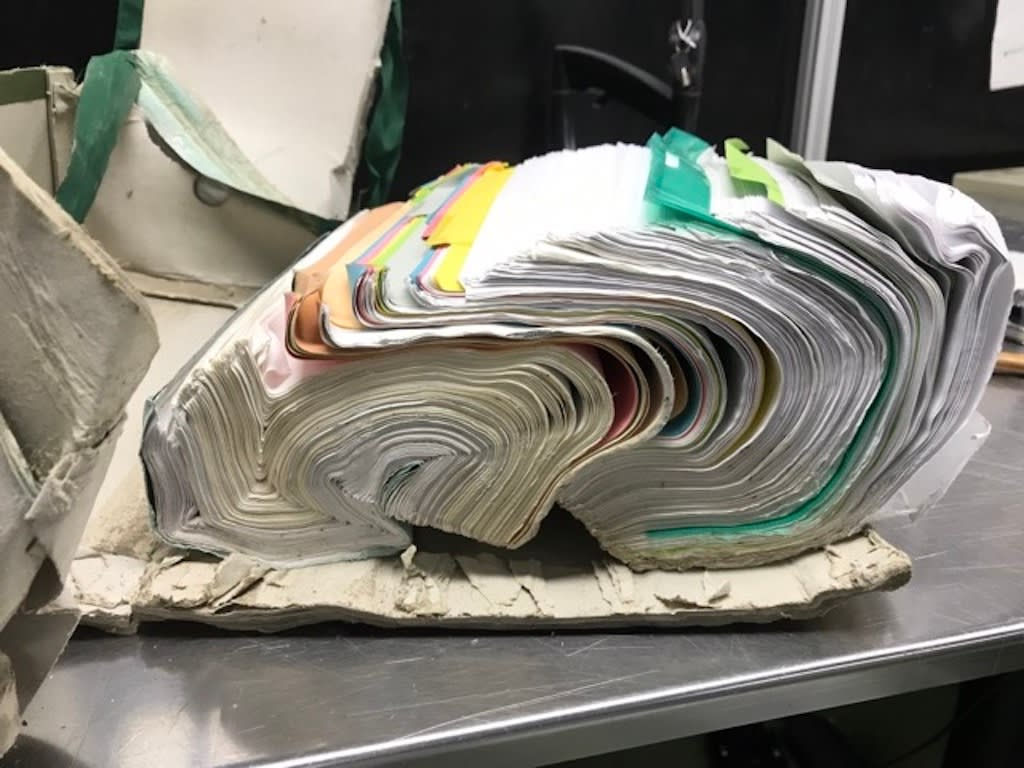
2019
Development of DCM Docusave Climate Monitoring.
A climate monitoring system to ensure optimal control of ambient air.

Publications.
2021
Archivübel: Wasser, Staub und Pilze im Archiv – Dagegen lässt sich etwas tun (Trouble in the archives: water, dust and fungi in archives – a remedy is possible).
Passim 27/2021, The bulletin of the Swiss Literary Archives.
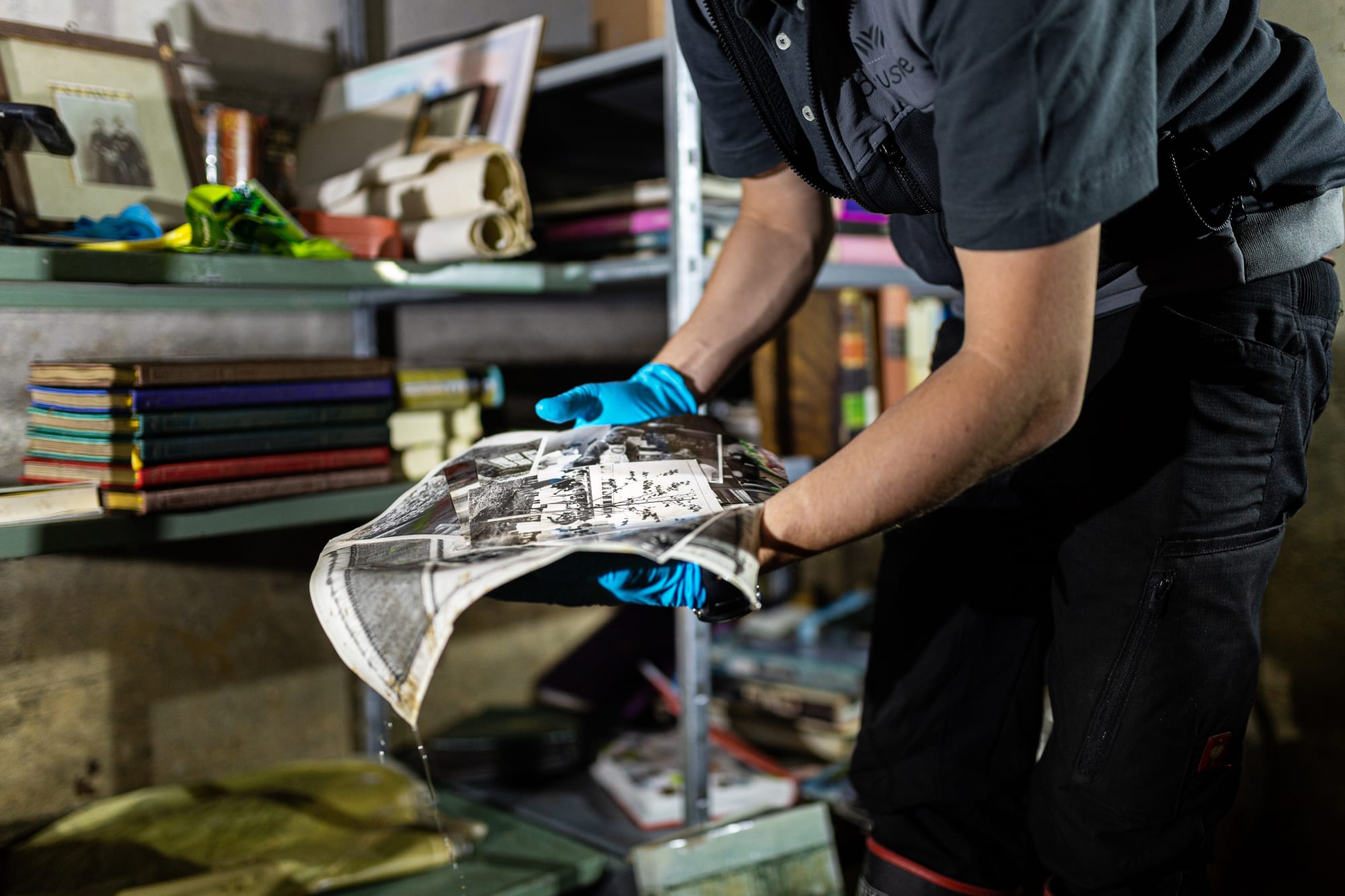
2020
Privater Künstlernachlass durch Wasser im Keller fast völlig zerstört (Artist’s private estate nearly destroyed by water in the cellar).
A case study.
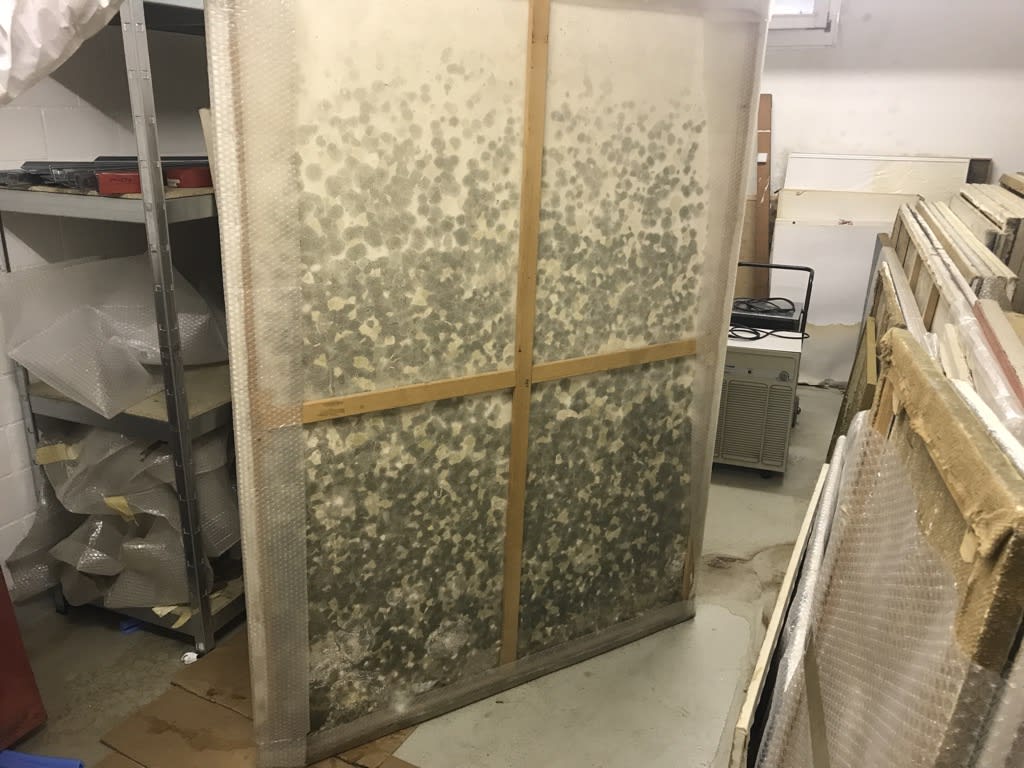
2020
Im Krieg mit dem Wasser – Wenn ein Wasserschaden eintritt, müssen die Restauratoren schnell arbeiten (At war with water: when water damage strikes, restorers need to work fast).
On the value of vacuum freeze-drying – an irreplaceable first-aid tool in the restoration of water-damaged paper and organic materials.
Dr Dietmar Stock-Nieden, Art Experts Brochure AXA XL, page 12.
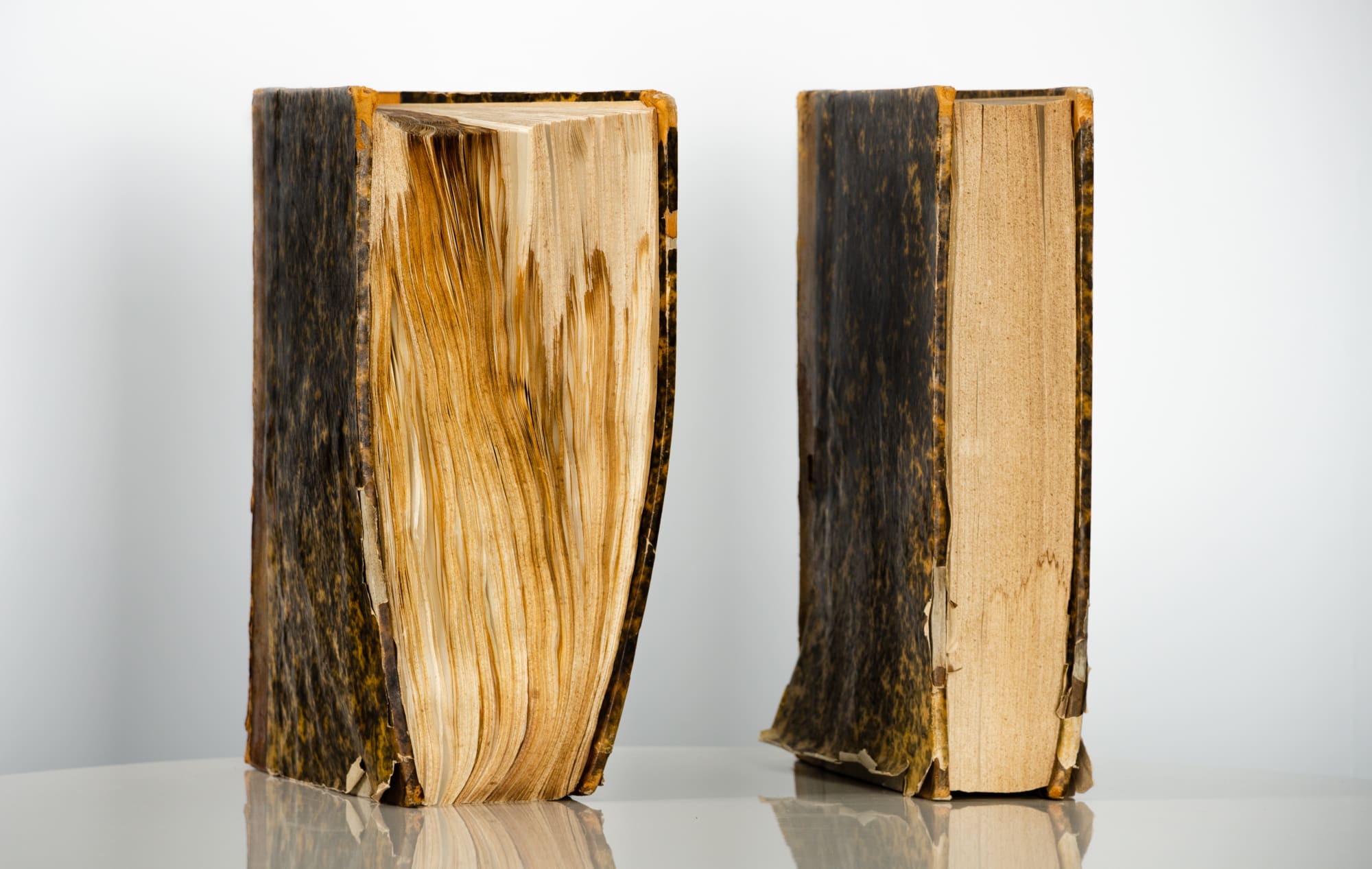
Tell us about your project.